To pop or not to pop? Here’s what you need to know before you pop a pimple, how to safely do it, and how to care for your skin post-pop.
The best way to get rid of zits and prevent permanent damage to your skin is by simply leaving them alone (and using natural spot treatments to help speed up the shrinking process).
The only time a zit should be popped is when it’s a whitehead. The white head is a bacterial infection under your skin that wants to be eliminated.
Are you struggling to lose weight, craving foods you shouldn’t, and finding yourself fatigued and unable to focus? Chances are, your hormones are out of whack.
Get our FREE Guide to fixing your Hormones through the Paleo diet here!
I’ll tell you how to safely pop a pesky pimple in just a moment – but first, let’s take a look at what’s causing your breakouts in the first place. Understanding the root cause of acne will prevent breakouts in the future.
What Causes Acne?
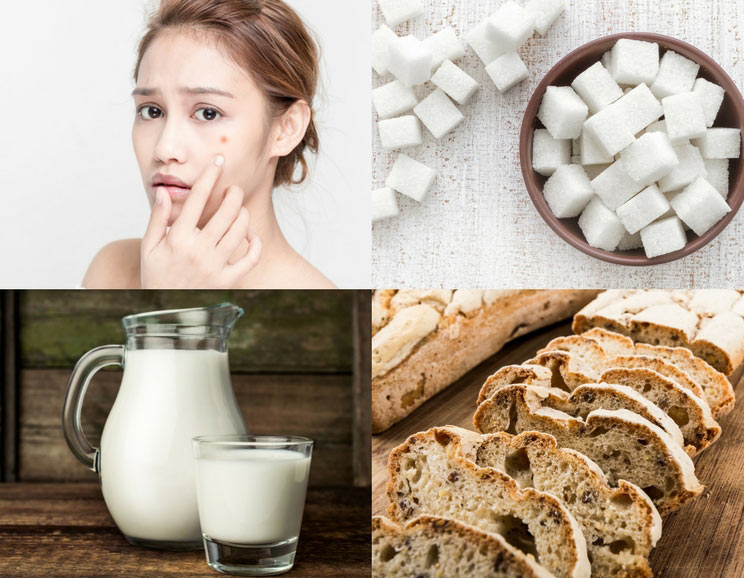
Whiteheads, blackheads, red spots and cystic bumps are the result of your pores becoming clogged. Pores get clogged when your body produces excess sebum (oil) deep within the hair follicles on your skin. Under normal circumstances, sebum production is a good thing: it keeps your skin hydrated and moisturized.
Sebum only becomes a problem when it’s being produced in excess and combines with the bacteria and dead skin cells (which your body sheds naturally every 2-3 weeks) that exist in your hair follicles (1). This “clumpy mixture” (ew, I know), is what clogs your pores and forms a pimple.
As you can see, the key to preventing breakouts is to control the amount of oil that’s being produced by your sebaceous glands. So, what triggers excess sebum production? Many factors do, but your diet is number one.
You may have heard that sugar, dairy and glutenous grains are the #1 foods to avoid to clear up your skin. With the exception of fermented dairy products (which have been shown to improve gut health and promote hormonal balance), these foods interfere with optimal insulin function, which is the blood sugar regulating hormone that, when produced in excess, can trigger acne breakouts (2). [tweet_quote]Sugar, dairy and glutenous grains are the #1 foods to avoid to clear up your skin.[/tweet_quote]
The reason why excess insulin production has been linked to acne is because it’s shown to trigger excess sebum (oil) production, which can clog pores and cause acne when mixed with the bacteria on your skin (3). Furthermore, optimal insulin function sets the foundation for balancing all of your other hormones, such as testosterone, progesterone and DHT, which can also play a role in sebum production and acne when out of balance (4).
Your endocrine system is like a spider web. Imagine each delicate strand of the spider web as a different hormone: interconnected and dependent on one another. When one strand of the spider web is damaged, all the rest of the strands are affected. This is how insulin, testosterone, progesterone and estrogen work – which explains why your diet can have a positive or negative ripple effect on your hormones. While it’s true that genetics can leave you predisposed to acne, when you understand how all hormones work together, you can see how it’s still possible to improve your skin through your diet. [tweet_quote]Refined sugar can deplete the friendly bacteria in your gut, causing breakouts.[/tweet_quote]
It should be noted that refined sugar can also deplete the friendly bacteria, or probiotics, in your gut, which are linked to acne. (5). Research shows that healthy gut bacteria are needed to maintain hormonal balance – which, as you now understand, is essential for reducing the severity and occurrence of breakouts (6).
The Bottom Line: One of the major underlying causes of acne is hormonal imbalances, which can result from a diet rich in processed foods. Dairy, gluten and refined sugar are triggers for hormonal imbalance because they cause your body to release excess insulin, which upsets the delicate balance among the rest of your hormones.
How to Fight Acne with Omega-3’s
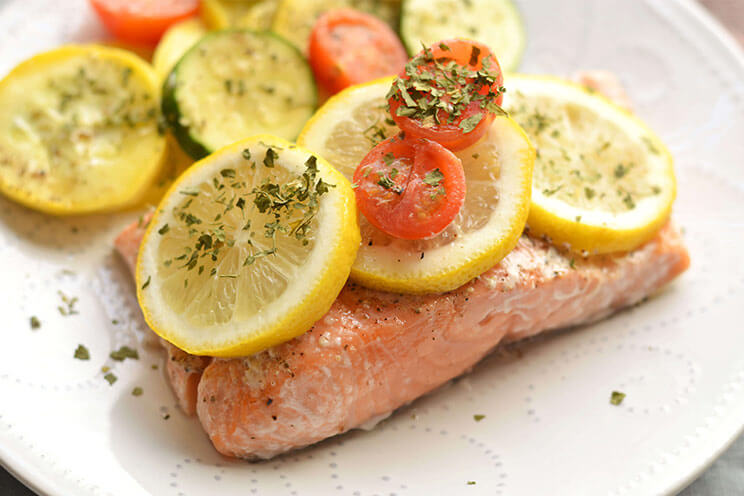
In addition to dairy, refined sugar and grains, deep-fried foods and high oleic vegetable oils are other major acne triggers. Not necessarily because these oils are “oily,” which you’d intuitively think would contribute to oily skin, but because omega-6 essential fatty acids are a pro-inflammatory nutrient when consumed in excess (which is the case in today’s Western diet).
You see, your body requires omega-3’s and -6’s in a very specific ratio for optimal health and to prevent systemic inflammation. This also applies to your skin, since skin ailments such as eczema and acne are considered inflammatory conditions.
The perfect ratio of omega-3’s to -6’s is 1:3, but the average Western diet is said to have a ratio of 1:17 (7). This is why eating healthy fats that are rich in omega-3’s, such as wild salmon, hemp hearts, chlorella, spirulina and chia seeds, can help reduce inflammation, reduce your omega-6 ratio, and improve the texture and appearance of your skin.
How Food Sensitivities Can Cause Acne
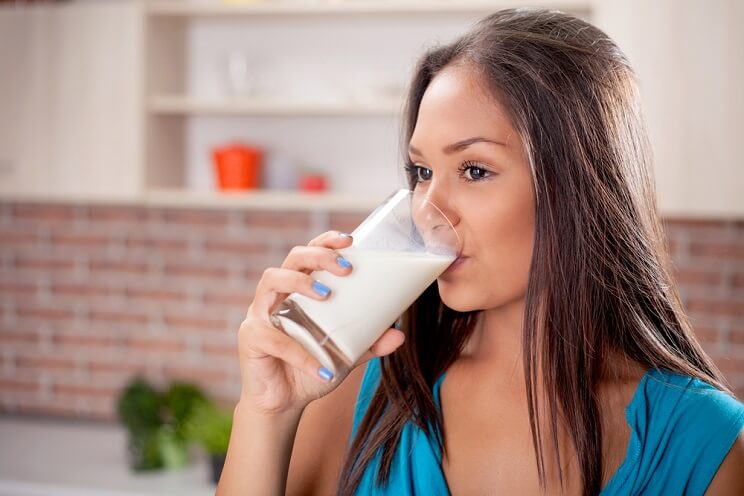
Wheat, gluten and dairy products are common food sensitivities. In fact, 74% of Americans are estimated to be sensitive to dairy, and many don’t even know it (8).
When you’re sensitive to a certain food, your body can’t properly digest it. This sounds an “alarm” in your body, telling your immune system to trigger an inflammatory response. This onset of inflammation may contribute to causing or worsening skin breakouts (9).
Certain lifestyle factors are also linked to breakouts, such as stress, a lack of exercise, not drinking enough water and not getting enough sleep – which all contribute to worsening hormonal health. But as you can see, the primary cause of acne can be managed through your diet.
How to Safely Pop a Zit
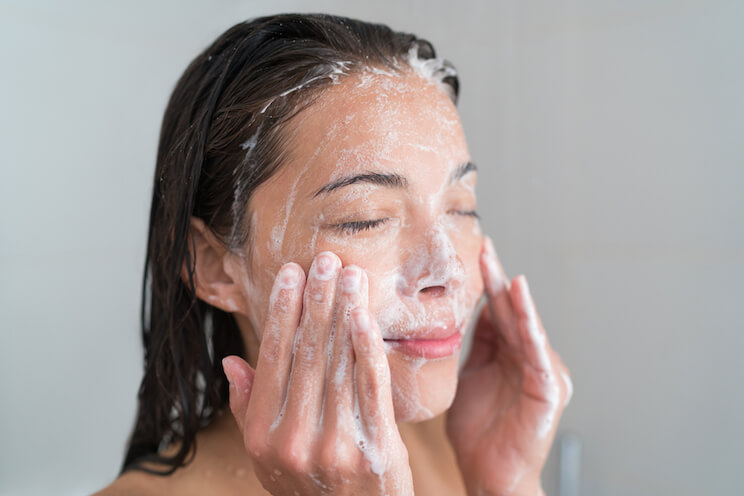
Tools:
- A comedone extractor (a zit-popping tool that can be used to extract whiteheads without scarring). If you don’t have one, you can find them at your local drugstore, such as Walmart, for $15-$25.
- Ice pack or aloe vera (to reduce swelling and inflammation post-popping).
- An antibacterial solution, such as witch hazel, to apply to the zit after popping.
Step 1: Clean your hands and face with soap and water.
Step 2: Lightly steam your face with a hot cloth. You can also apply a hot cloth to the surface of the zit to soften your skin.
Step 3: Using a sanitized comedone extractor, begin to gently extract the whitehead by pressing the metal part of the extractor around the zit. (If you have to force unreasonably hard to get the whitehead to surface, it may not be ready to pop, so it’s best to wait at least a few hours before applying more heat and trying again).
Important: Never use your hands and fingernails when popping a zit to prevent tissue damage, scarring, and spreading of bacteria.
Step 4: So, you’ve popped the zit, now what do you do? Aside from a victory dance, you’ll need to do some minor clean-up and help prepare your skin to heal. Using a cotton ball, clean the area by applying an antibacterial solution (we recommend witch hazel) to the zit to prevent bacteria from spreading.
Step 5: You’re probably left with some swelling and redness, which will go down in a few hours. To speed up the process, apply pure aloe vera gel or an ice pack to the skin around the pimple to help soothe the inflammation.
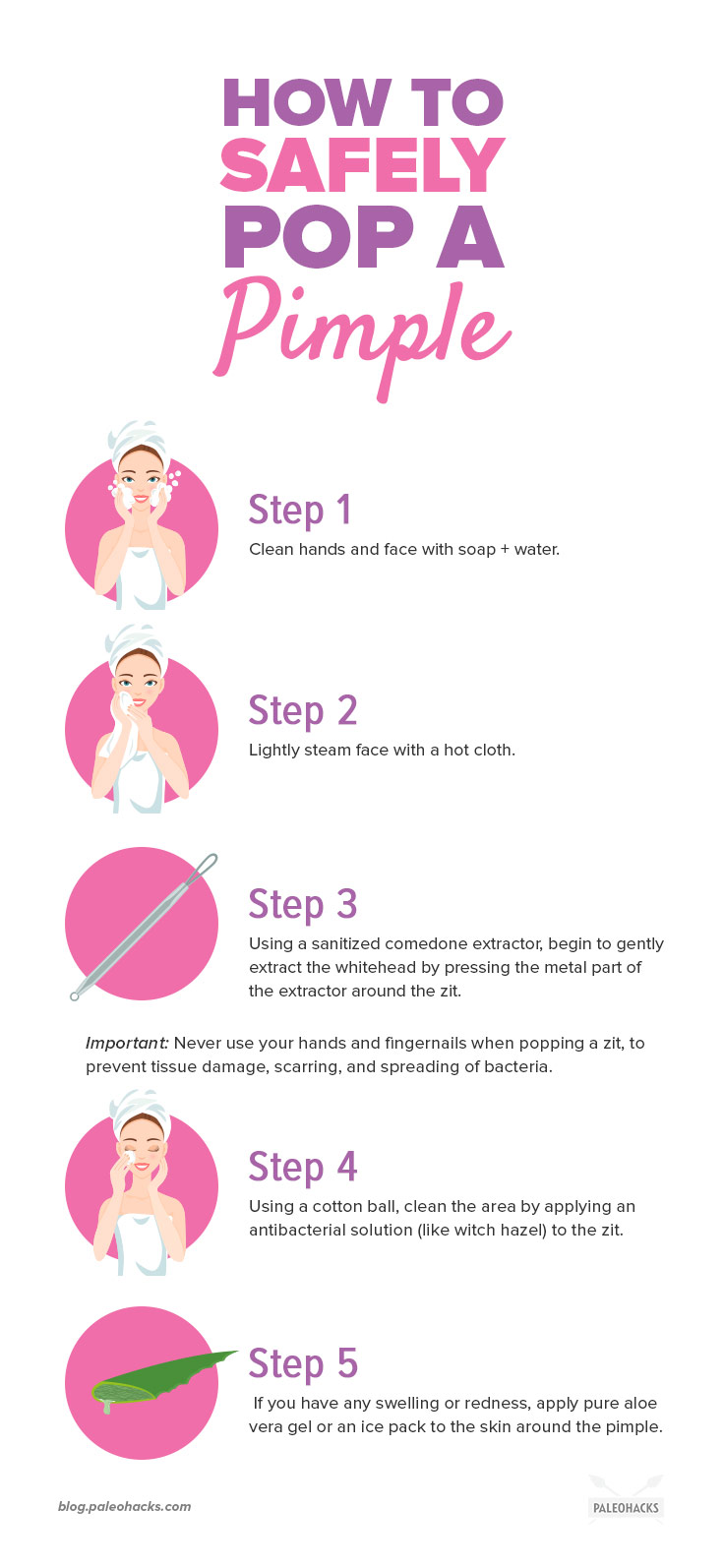
(Read This Next: 7 Foods to Help Clear Away Adult Acne)


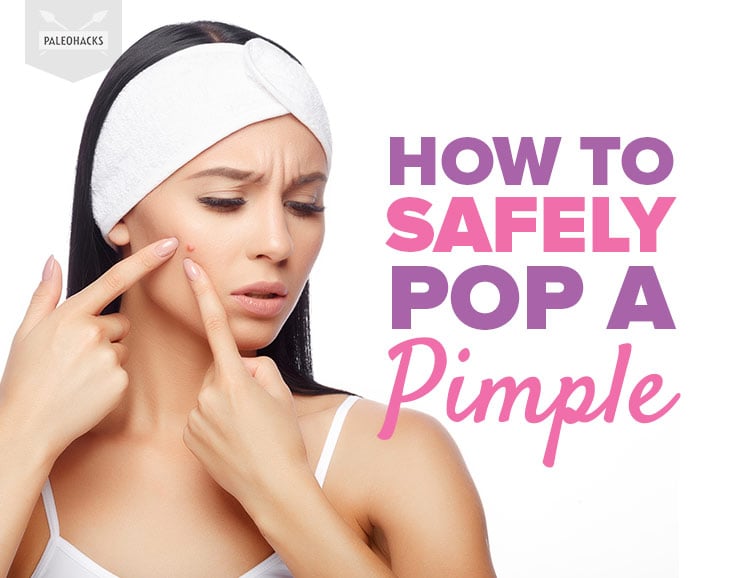
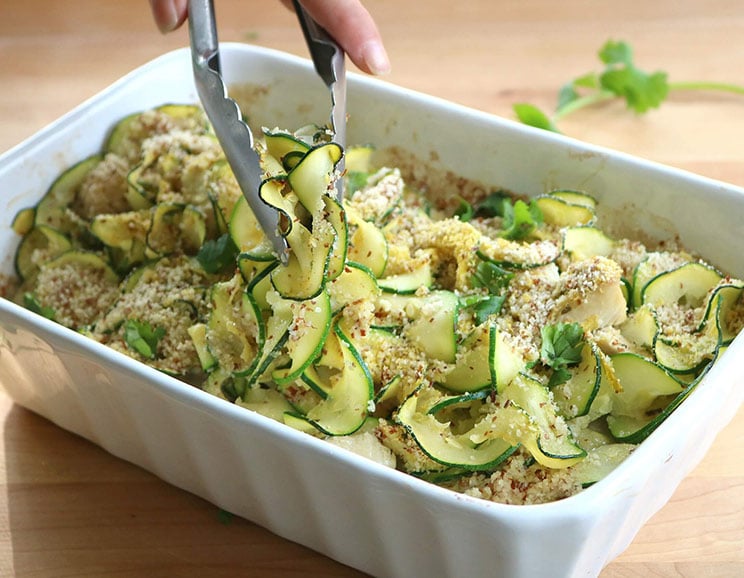 Easy Creamy Chicken Zoodle Casserole
Easy Creamy Chicken Zoodle Casserole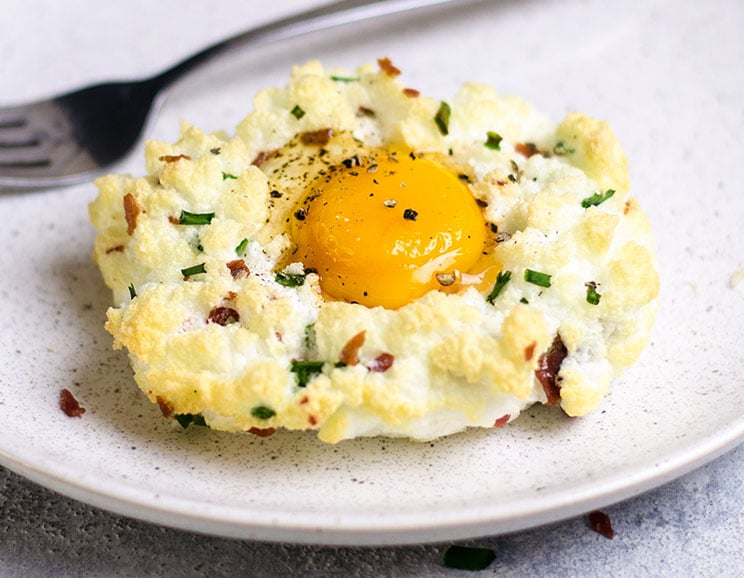

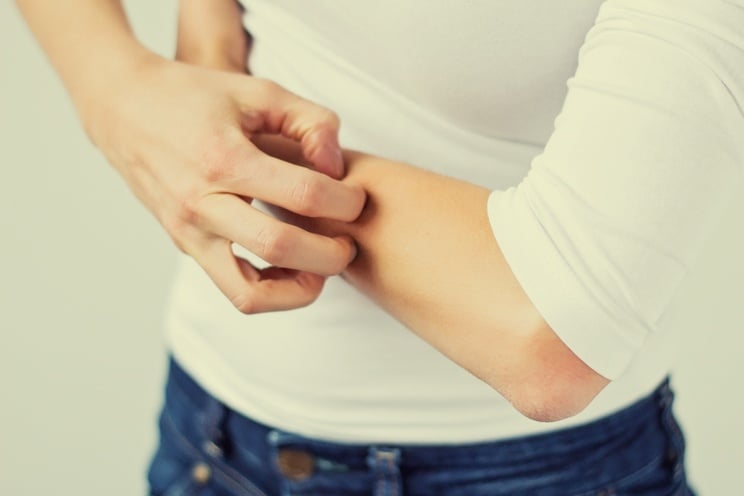
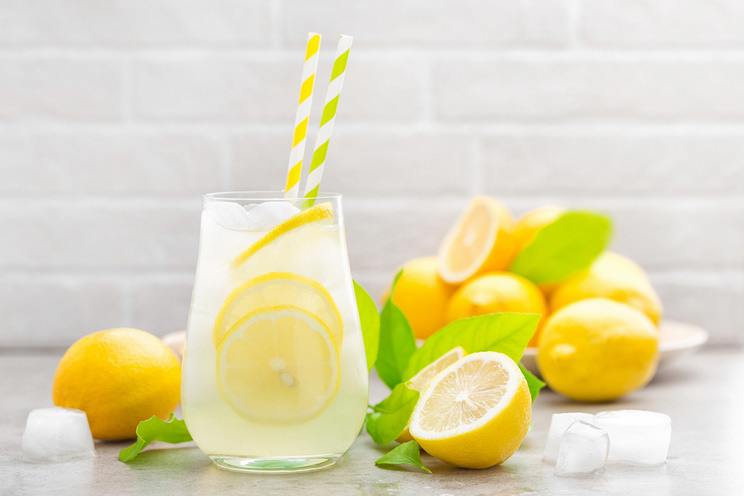
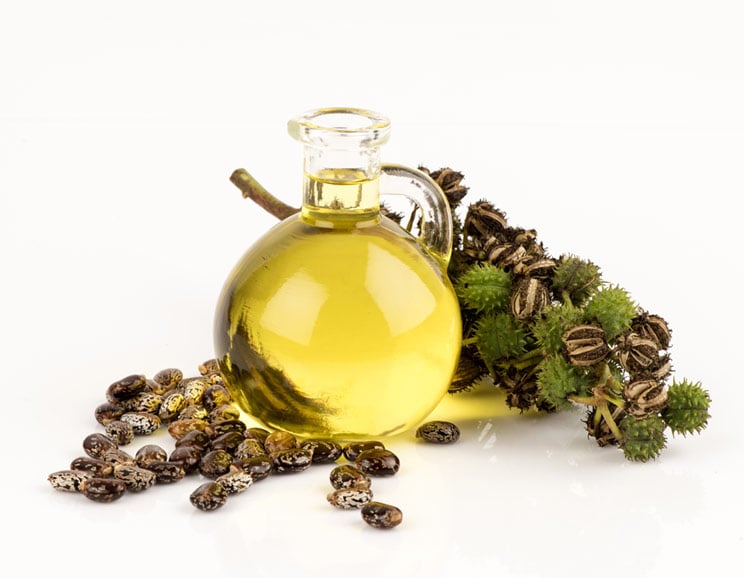
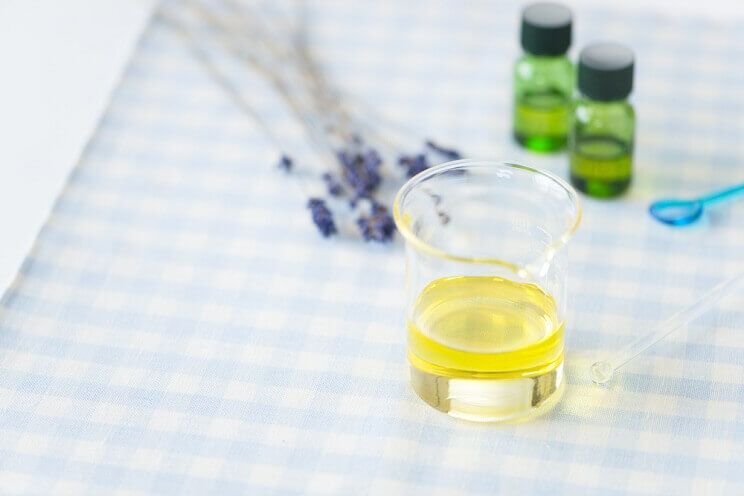
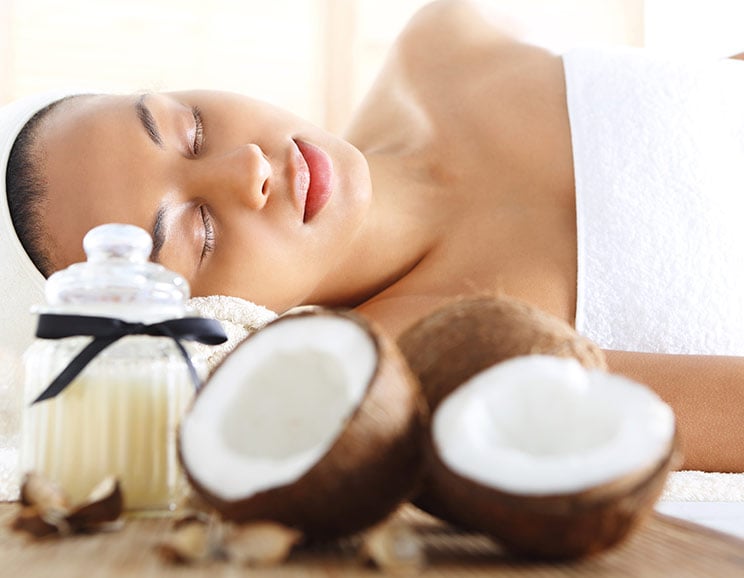
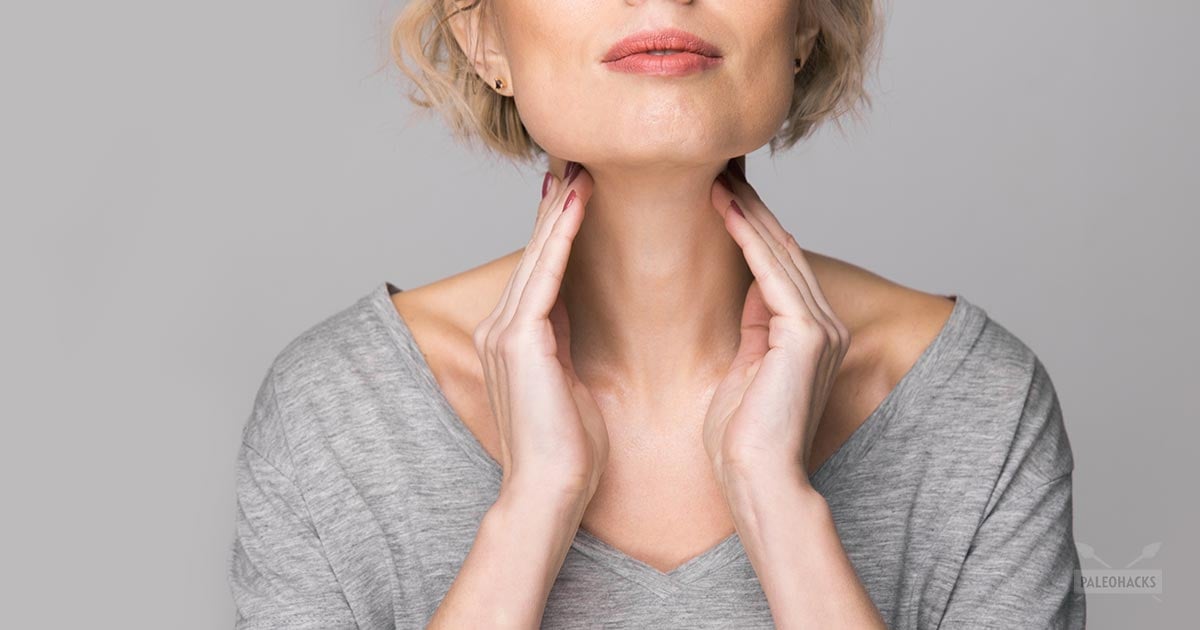
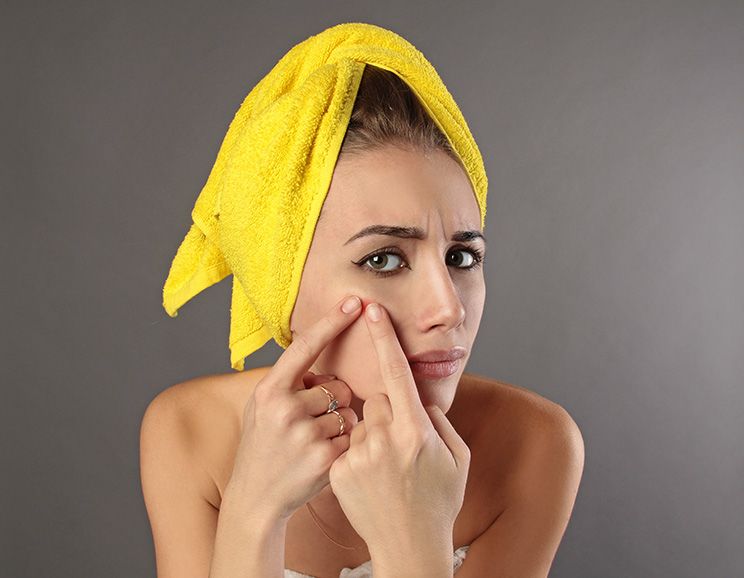
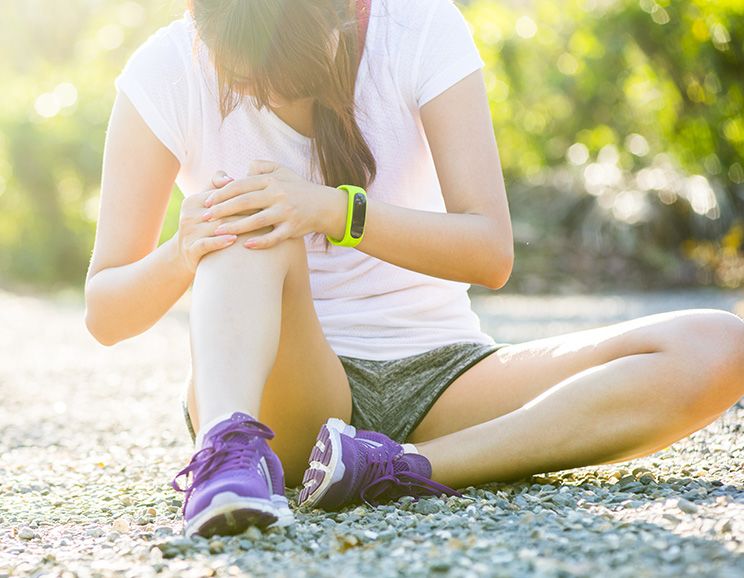
Show Comments